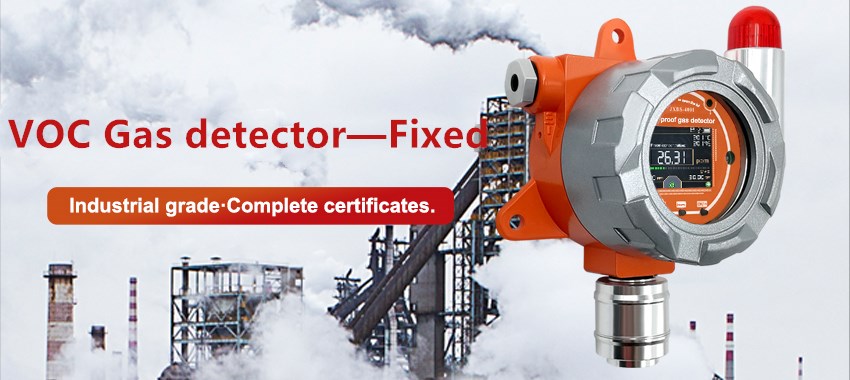Understanding VOC Sensors
VOC sensor are electronic devices designed to detect and measure the concentration of volatile organic compounds in the surrounding air. They utilize advanced technologies such as gas-sensitive materials, semiconductor sensors, and optical detection techniques. These sensors can identify a wide range of VOCs, including formaldehyde, benzene, toluene, and xylene. By providing real-time data on VOC levels, these sensors enable proactive measures to be taken to mitigate potential health risks.
The role of VOC Sensors

Indoor Air Quality Monitoring
Indoor air pollution poses a significant health risk, as people spend a considerable amount of time indoors. VOC sensor play a vital role in monitoring indoor air quality by continuously measuring and analyzing VOC concentrations. They can be integrated into ventilation systems or standalone devices placed strategically within buildings. With the ability to detect even low levels of VOCs, these sensors provide early warnings of potential hazards, allowing prompt actions to be taken, such as improving ventilation or removing pollutant sources.
Workplace Safety

In industrial settings, exposure to high levels of VOCs can have severe consequences for workers’ health and safety. VOC gas sensor are essential tools for ensuring workplace safety by monitoring and controlling VOC emissions. By installing these sensors in areas where VOCs are likely to be present, such as chemical storage areas or manufacturing facilities, employers can promptly detect any hazardous levels of VOCs. This enables the implementation of appropriate safety measures, including ventilation improvements and personal protective equipment requirements.

Environmental Monitoring
VOC sensor also play a crucial role in outdoor air quality monitoring and environmental protection. They are used in urban areas to measure VOC emissions from vehicles, industrial processes, and other sources. By continuously monitoring and analyzing VOC levels, authorities can identify pollution hotspots, assess the effectiveness of emission control measures, and develop strategies to reduce overall VOC emissions. This helps in mitigating the impact of VOCs on public health and the environment.
Advancements in VOC Sensor Technology
Recent advancements in VOC sensor technology have further improved their accuracy, sensitivity, and reliability. Miniaturized sensors with wireless connectivity capabilities have made it easier to deploy and integrate them into various monitoring systems. Additionally, the development of portable VOC sensors has empowered individuals to monitor air quality in their immediate surroundings, raising awareness about potential risks and encouraging proactive actions to improve air quality.
Conclusion:
VOC sensors have become invaluable tools in enhancing air quality monitoring and promoting safety. Their ability to detect and measure volatile organic compounds in real-time enables proactive measures to be taken to mitigate potential health risks. Whether in indoor environments, workplaces, or outdoor settings, VOC sensors play a crucial role in protecting human health and the environment. Continued advancements in VOC sensor technology will further strengthen our ability to monitor and address air pollution effectively.
